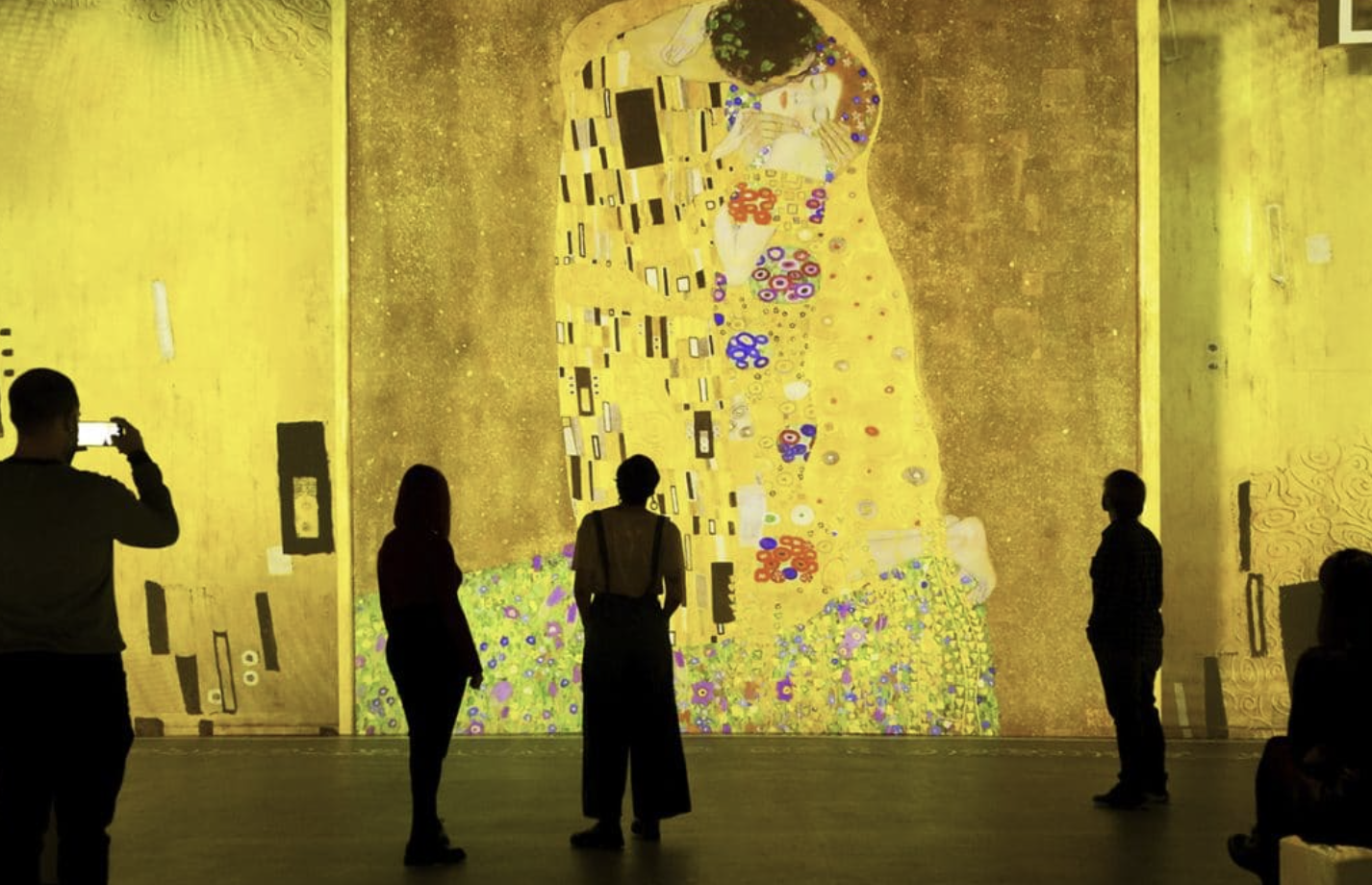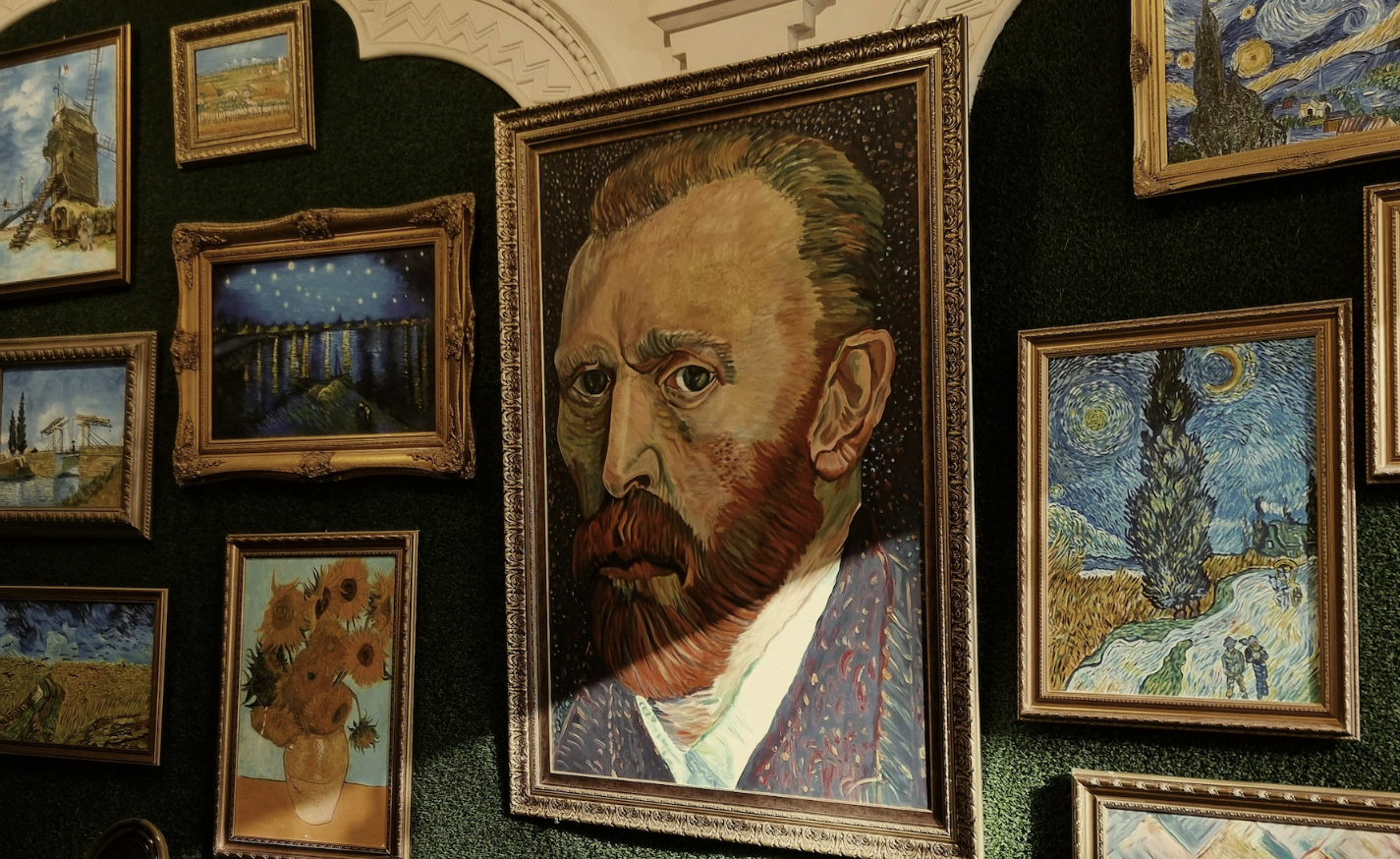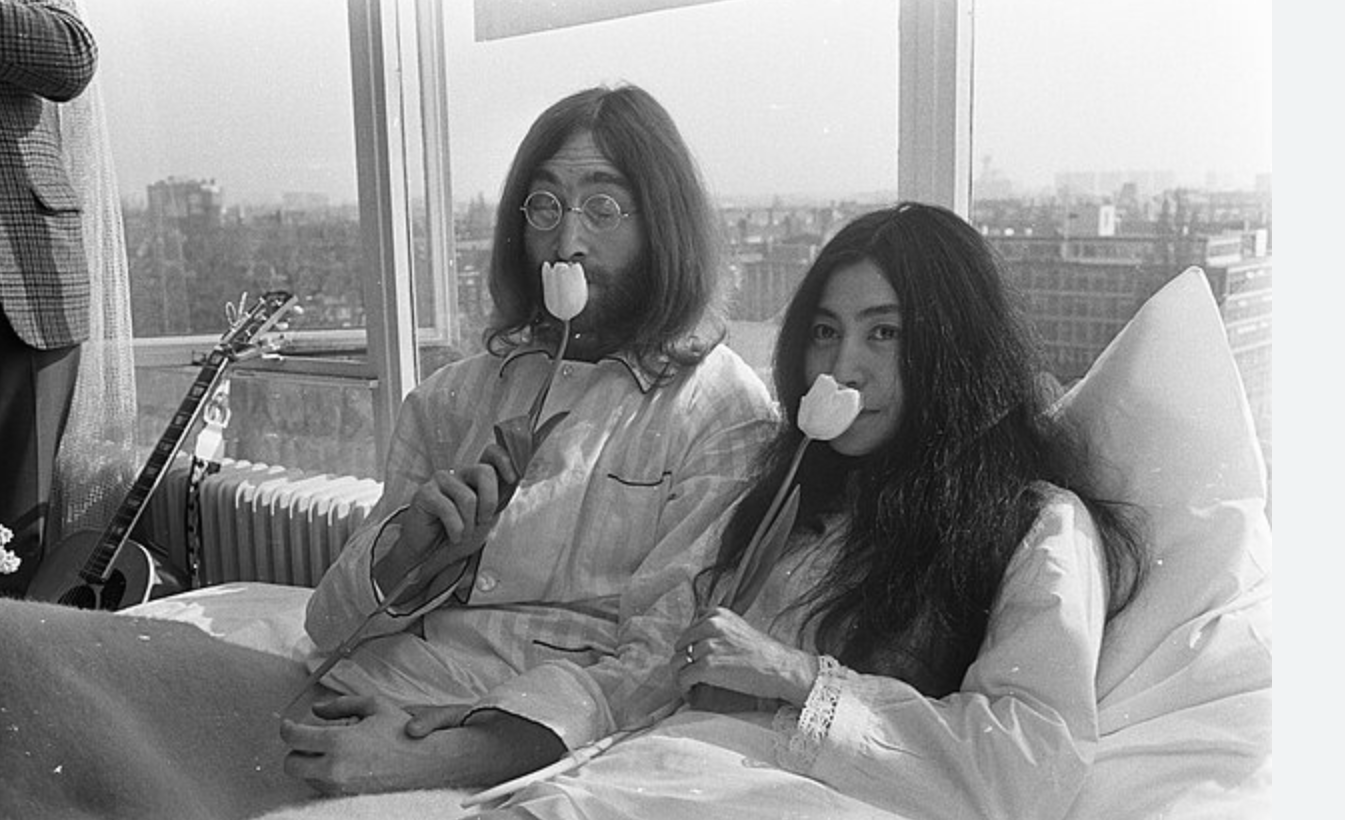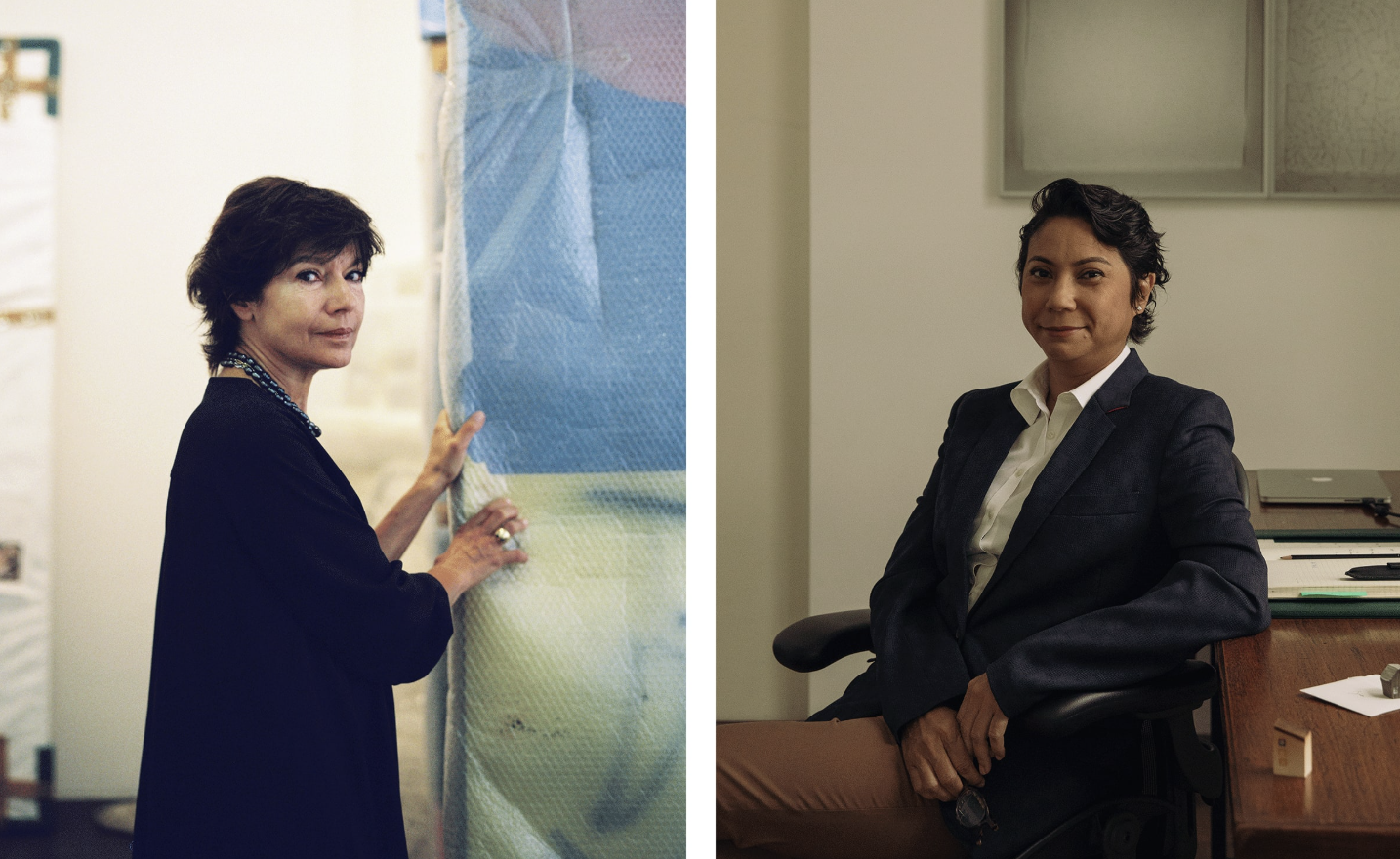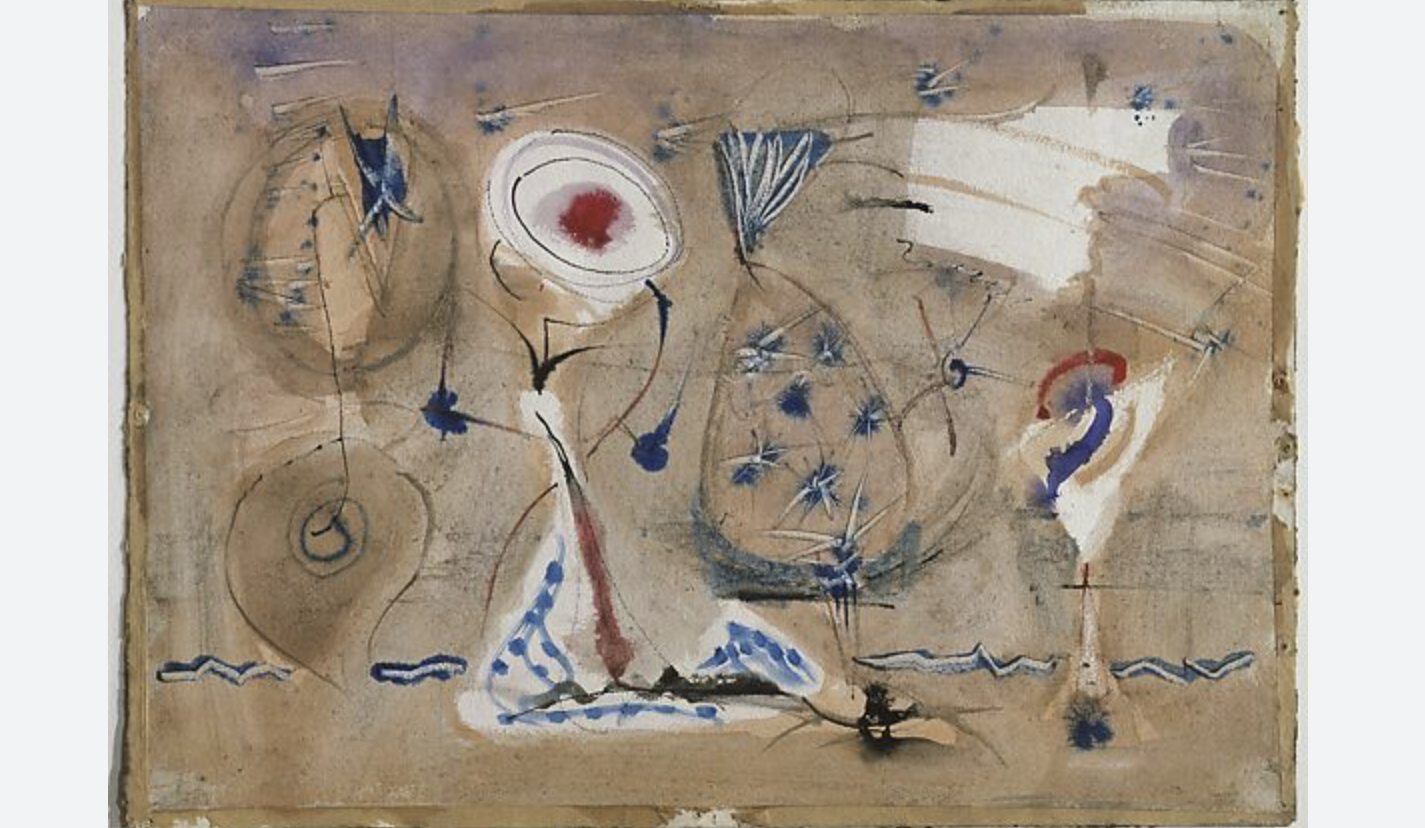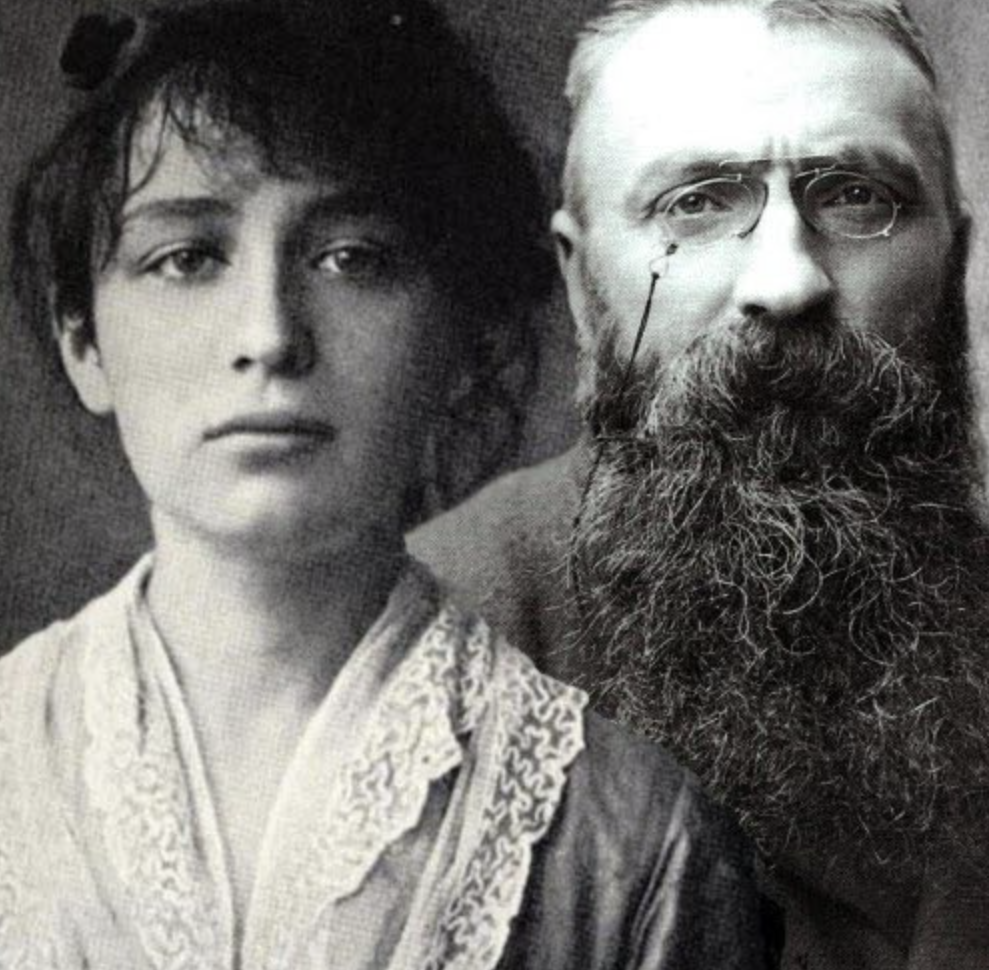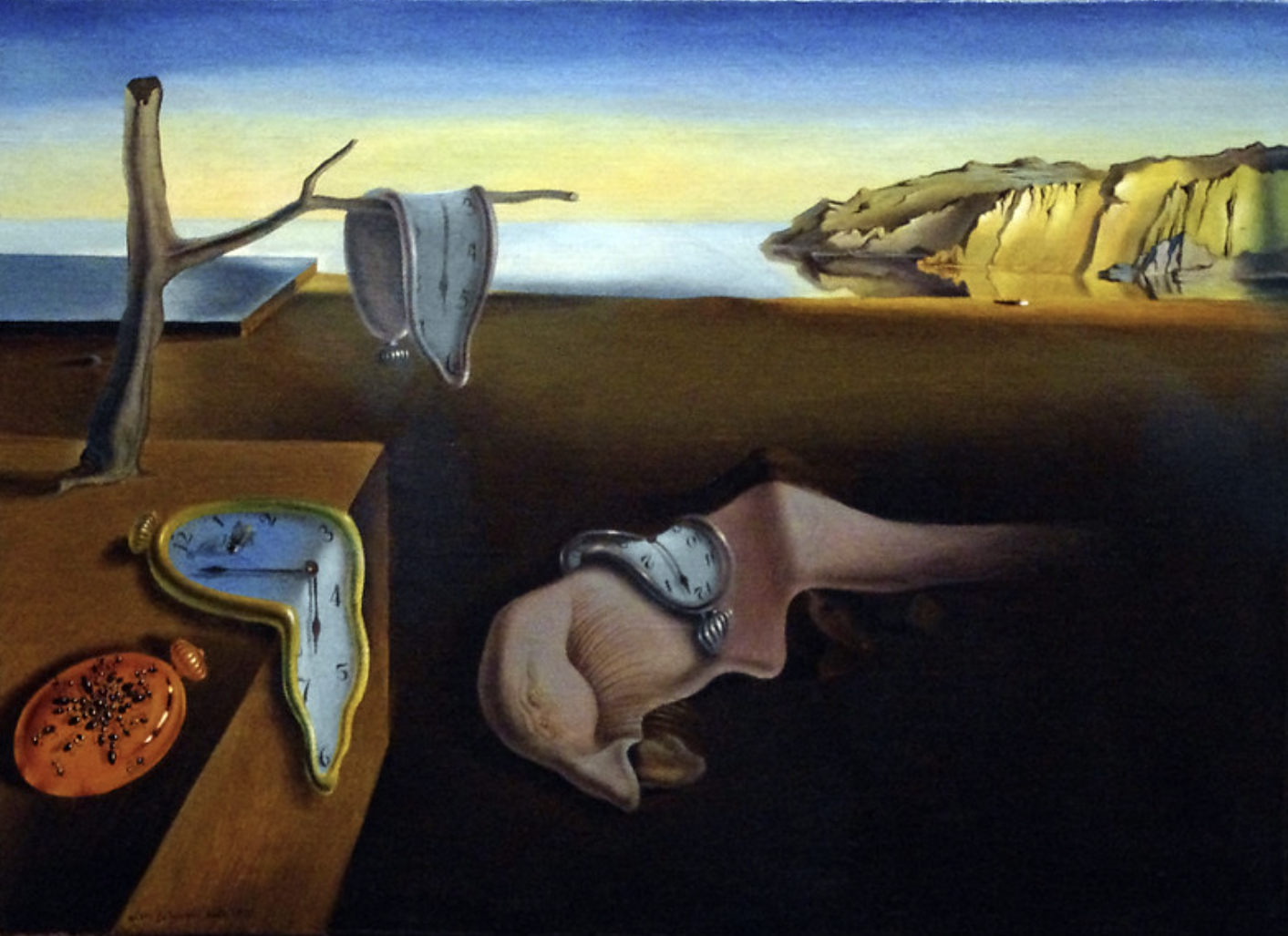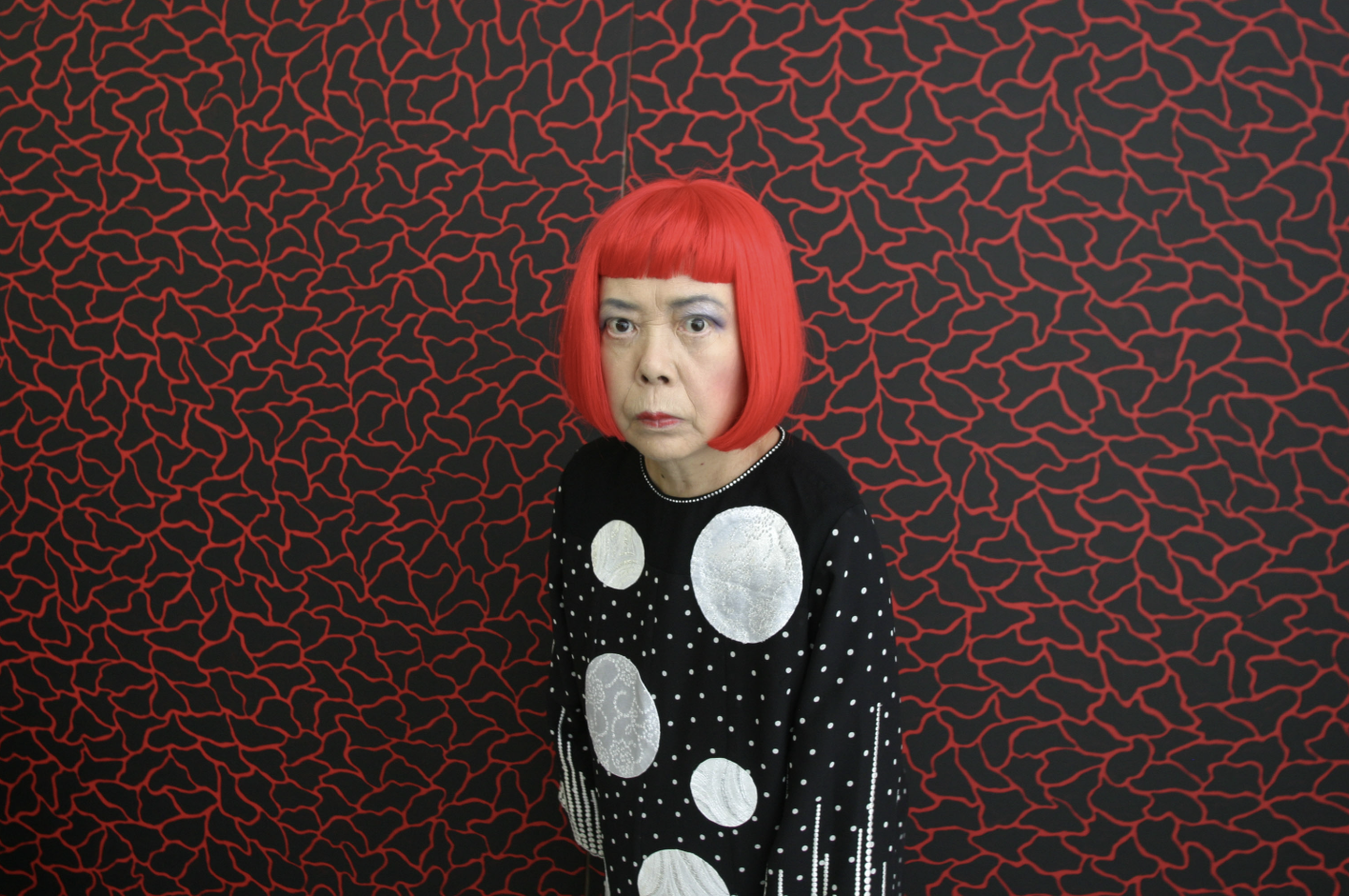
Yayoi Kusama, born in 1929 in Matsumoto, Japan, is one of the most influential and celebrated modern artists in the world today. With an extensive and diverse body of work spanning painting, sculpture, installations, and even music and writing, Kusama has made a profound impact on contemporary art. Her signature use of polka dots has become synonymous with her name and artistic vision.
The Concept Behind the Polka Dots
At the heart of Kusama’s work lies the exploration of the self and its place in the vast universe. She uses polka dots as a way to represent this concept, stating, “Our earth is one polka dot among a million stars in the cosmos. Polka dots are a way to infinity.” Through her art, Kusama explores the idea of losing oneself within nature and the environment. The polka dots, often covering everything from objects to entire rooms, represent a universal connection, blurring the boundaries between the individual and the cosmos.
Kusama began using this motif as a child, after experiencing hallucinations filled with polka dots. These visions were both overwhelming and inspiring, leading her to create her first artworks based on the patterns she saw. The repetition of these dots in her later works became a defining feature of her art and an integral part of her identity as an artist.
From Struggles to Artistic Dedication
Kusama’s journey to becoming a world-renowned artist wasn’t easy. During her childhood, she endured a strict and repressive environment in Japan. Despite these hardships, she pursued her passion for art, attending the Kyoto Municipal School of Arts and Crafts. Her dedication to art continued even during World War II, when she worked long hours making parachutes to support the war effort.
By the 1950s, Kusama was gaining recognition in Japanese art circles for her abstract works. However, the conservative, male-dominated art world in Japan did not provide her with the freedom she sought. Kusama’s desire to create without constraints led her to move to New York City in 1957, where she found greater opportunities for expression. She was inspired by American artists like Georgia O’Keeffe and found that the United States offered more artistic freedom than her native Japan.
Rising to Fame in New York
Upon arriving in New York, Kusama studied at the Art Students League and soon began producing her famous “Infinity Nets” series. These works, characterized by swirling, repetitive patterns, marked the beginning of her recognition as a key figure in the avant-garde art scene. Her early works were categorized under the Eccentric Abstraction movement, which focused on creating art that was not just a depiction of reality but an experience that invited interaction with the viewer.
One of her first installations in New York was held at the Gertrude Stein Gallery, where Kusama introduced her immersive, polka dot-filled environments. Her work was radical for its time, and though she was not immediately celebrated, she steadily gained attention for her innovative approach to both art and life.
International Recognition
Kusama’s breakthrough came in the 1990s when she finally achieved international recognition. Today, she is celebrated worldwide for her immersive installations and her signature polka dot-covered art. Her work has been exhibited in prestigious museums and galleries, and her impact on the art world is undeniable.
In the 1960s, Kusama made waves with her highly influential installation, Floor Show, which allowed visitors to step into a space filled with reflective mirrors and floating, polka-dot-covered balloons. This installation exemplified her avant-garde approach, inviting viewers to engage with the artwork in a way that was both personal and transformative.
Challenging the Art World
In 1966, when Kusama was not invited to the 33rd Venice Biennale, she made a bold statement by scattering 1,500 shiny metal balls across the lawn of the pavilion. Each ball was sold for the equivalent of $2, critiquing the commodification of art and challenging the art world’s consumerism.
Despite facing significant barriers throughout her career, Kusama’s artistic expression never wavered. Her work became a representation of both her personal struggles and her unrelenting drive to break free from societal expectations. Her art is now considered a unique movement in itself—often referred to as “Kusama Art”—known for its distinctive use of color, repetition, and immersive environments.
Expanding Her Creative Reach
Kusama’s influence extends far beyond the traditional art world. Her iconic patterns have found their way into various creative sectors, including fashion, design, and architecture. Kusama’s colorful, polka-dotted designs have been featured on clothing, handbags, and even furniture, reflecting her versatility and the widespread appeal of her artistic vision.
As one of the most prominent modern artists, Yayoi Kusama has redefined what it means to be a contemporary artist. Her work challenges boundaries, blurs the lines between reality and imagination, and invites viewers to lose themselves in the infinite world she creates with her signature polka dots.
The Legacy of Kusama’s Art
Today, Yayoi Kusama is celebrated not just for her artistic achievements, but also for her ability to inspire a new generation of artists and creatives. Her relentless pursuit of artistic freedom, her innovative use of new mediums, and her commitment to exploring the depths of the human experience have solidified her place as one of the most influential artists of our time. Kusama’s art continues to captivate audiences around the world, leaving a lasting legacy that will endure for generations to come.







